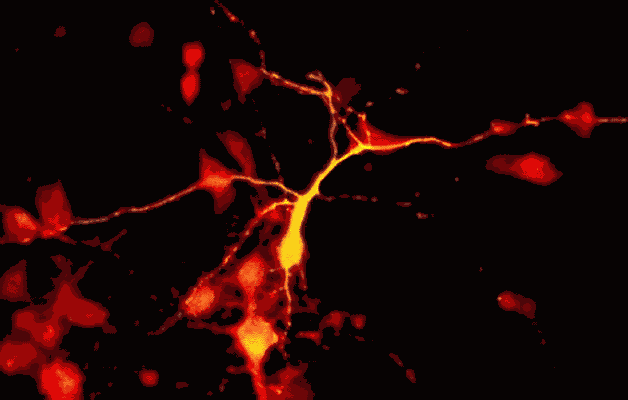Pennsylvania Department of Health, SAP # 4100089343; 6/01/2021- 5/31/2023
PI: Bezdudnaya T, Co-PI: Rybak IA
The long-term goals of this project are to investigate the organization of spinal respiratory circuits, evaluate conditions for activation of breathing by stimulation of limb muscle afferents in intact and injured spinal cord, and develop a novel computational model of the respiratory system. This model will include both supraspinal and spinal levels of respiratory control, afferent inputs from limb muscles, and reproduce all experimental data. The experiments will be performed in adult decerebrate rats in vivo in close interaction with computational modeling studies conducted in parallel. The proposed collaborative project has the following specific aims:
Aim 1: Investigate ipsi- and contralateral effects of limb muscle afferent stimulation on the respiratory spinal motor circuits, and on the breathing (airflow) pattern in decerebrate rats in vivo. With a focus on the forelimb muscle (biceps brachii), we will study the effect of electrical stimulation of ipsi/contralateral muscle afferents on the activity of phrenic motoneurons, respiratory interneurons, and ventilation. Also, interconnections between phrenic and bicep spinal networks will be investigated using transsynaptic tracing techniques and immunohistochemistry. Based on the obtained data, the computational model will be developed and include supraspinal and spinal levels of the respiratory control and relevant interactions between respiratory networks and non-respiratory muscle.
Aim 2: Investigate intraspinal mechanisms and pathways mediating the effects of muscle afferent stimulation on the respiratory spinal motor circuits following the complete or partial elimination of supraspinal control in C1 transected and C2 hemisected, decerebrate rats in vivo. Partial and complete sections of the cervical spinal cord will serve as the models of SCI and as comprehensive tools to dissect the intraspinal interconnections between respiratory and locomotor systems. C1 (cervical segment) transection will be used to completely remove supraspinal inputs to the spinal circuits and all effects of biceps muscle stimulation on phrenic motor circuits will be purely intraspinal. Partial sections of the cervical spinal cord at C2 level eliminates supraspinal control of respiration unilaterally and will be performed to study the effect of partial removal of supraspinal inputs and left-right interactions of supra- and intraspinal inputs to the spinal respiratory network using ipsi- and contralateral electrical stimulation of biceps brachii muscle. The final computational model will be developed using obtained experimental results. The final model will offer the unique opportunity to assess how cervical SCI can alter respiratory function, contribute to plasticity and respond to treatments.

Contact Us
The Laboratory for Theoretical and Computational Neuroscience
Department of Neurobiology and Anatomy
Drexel University College of Medicine
2900 W. Queen Lane
Philadelphia, PA 19129
For more information, please contact
Ilya A. Rybak, PhD
Professor
215.991.8596
rybak@drexel.edu
Quick Links & Resources